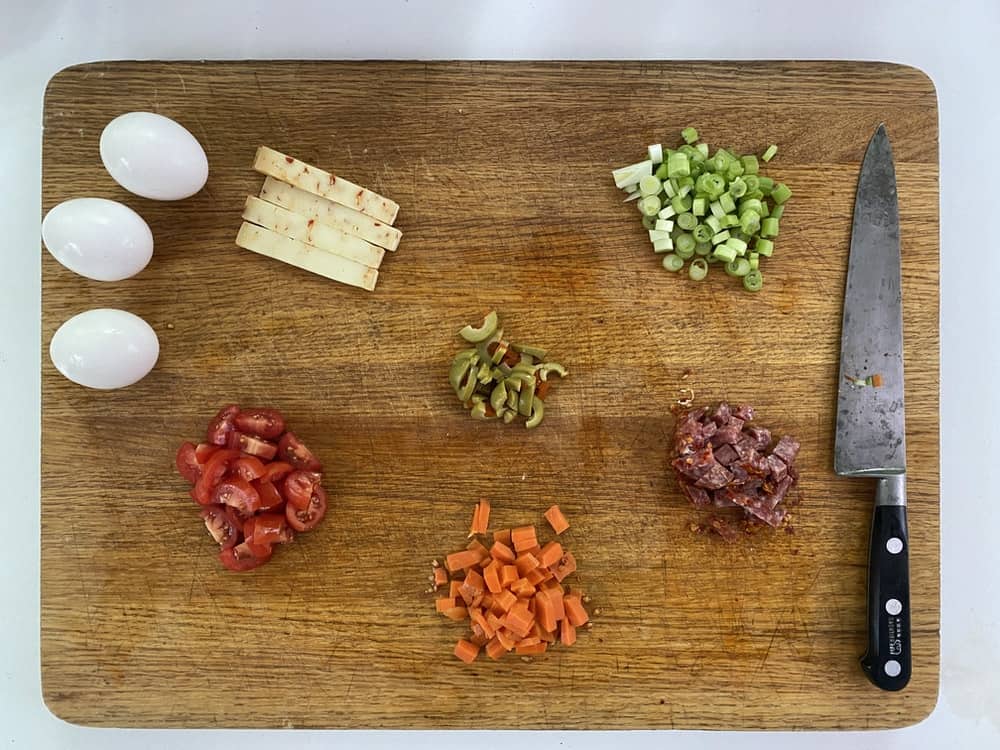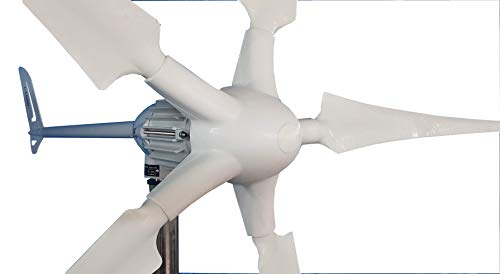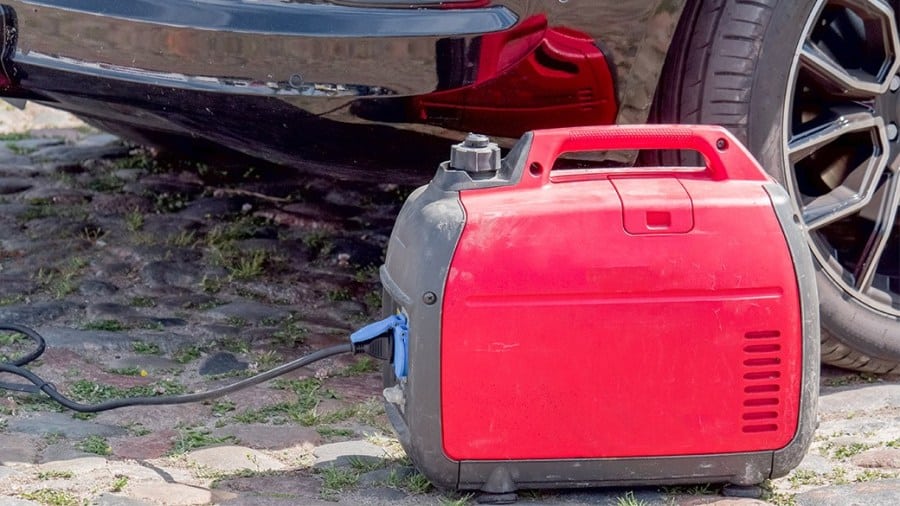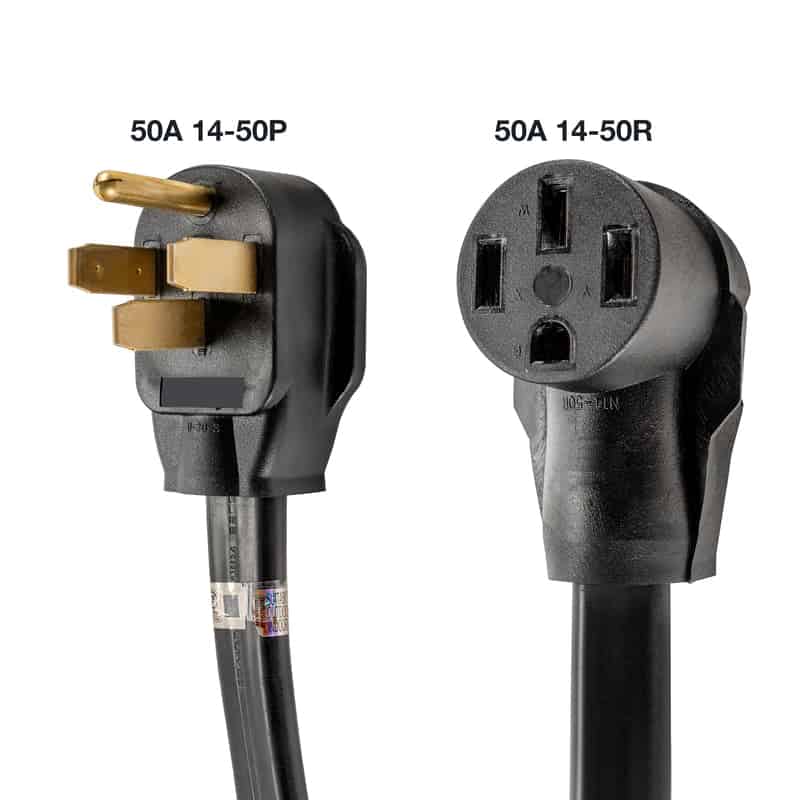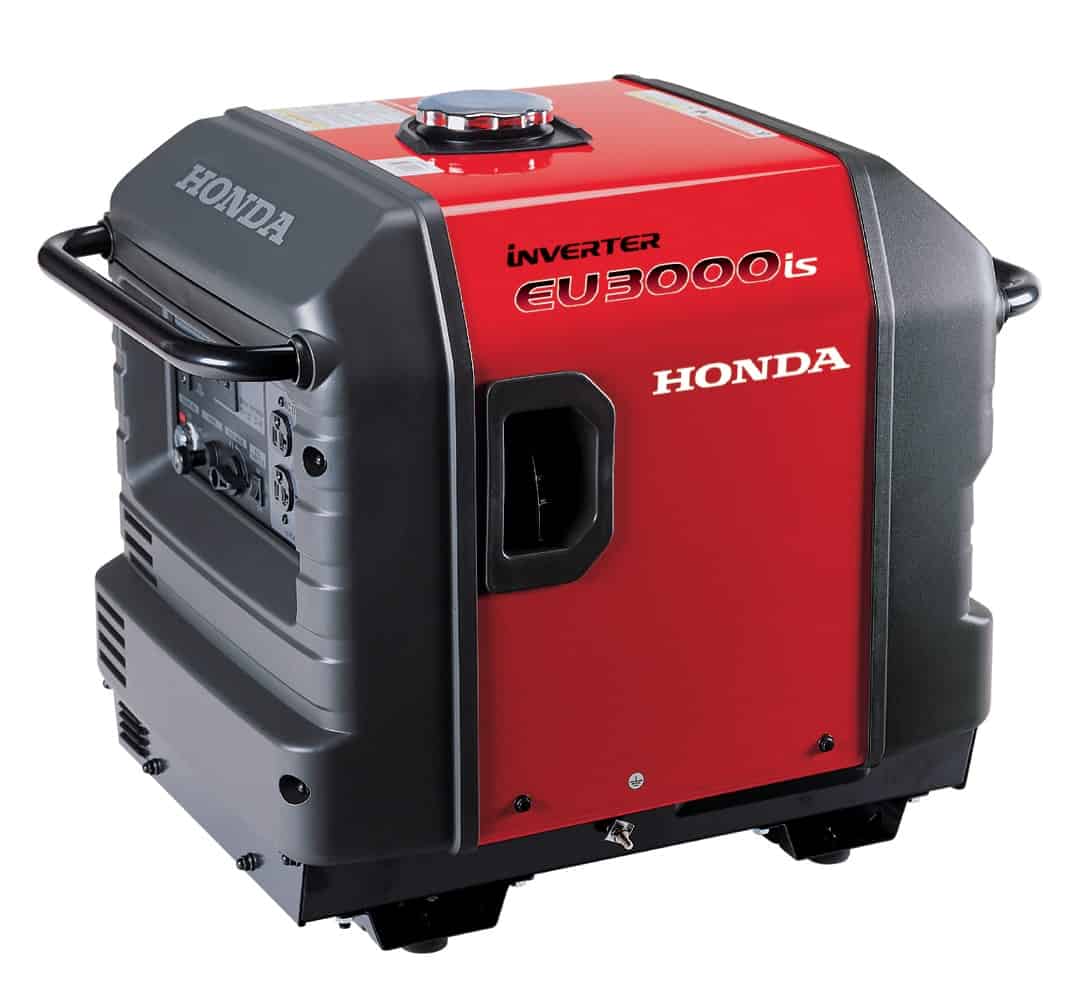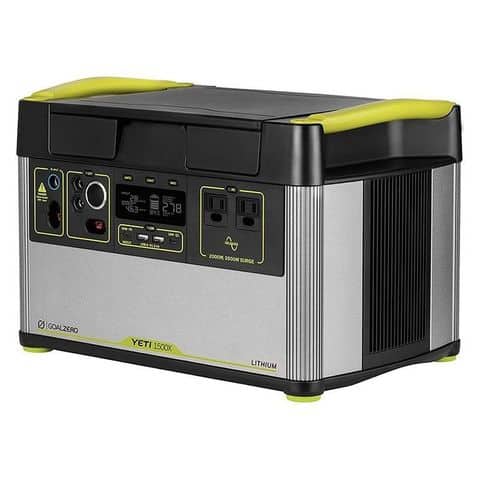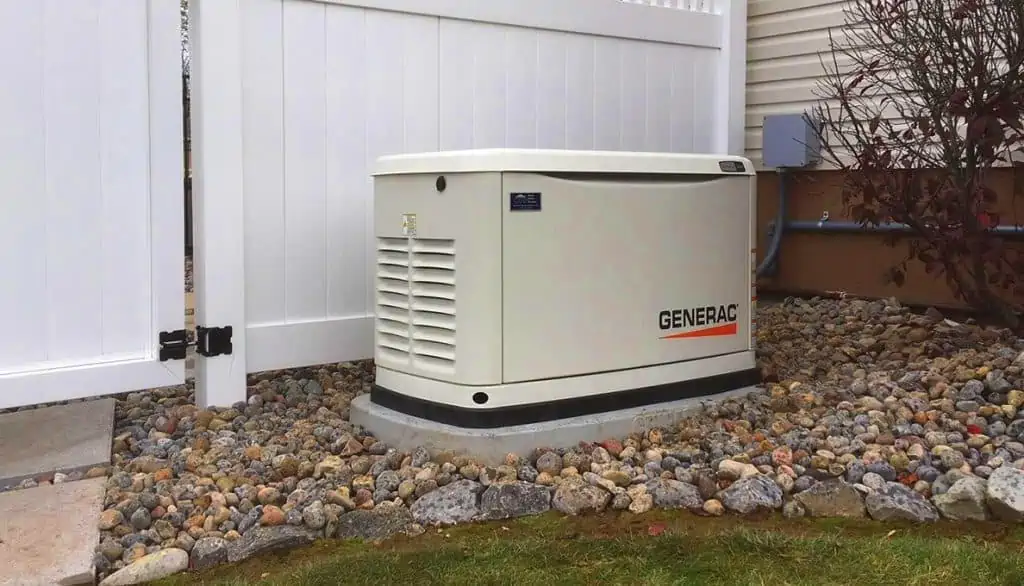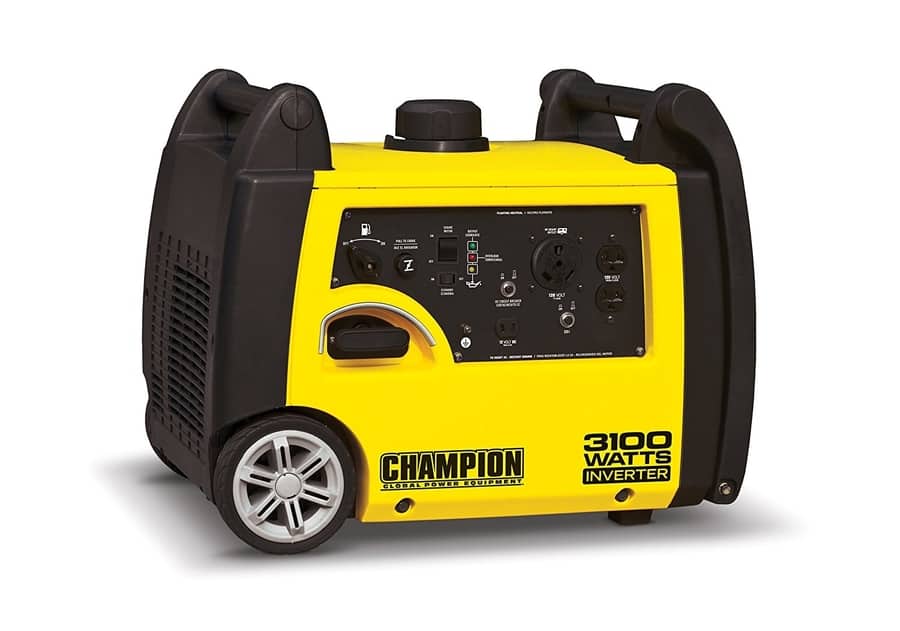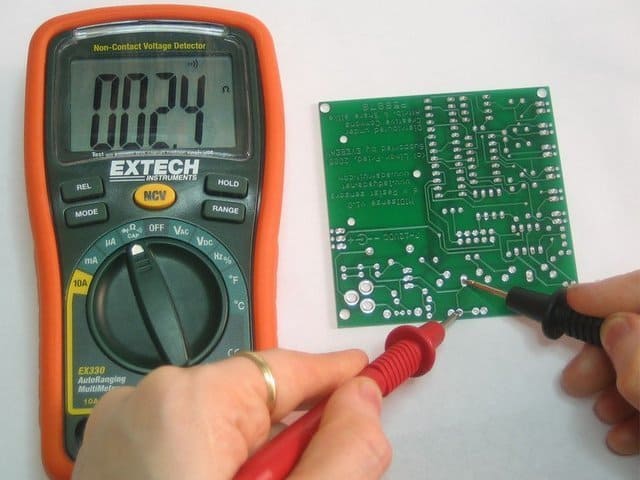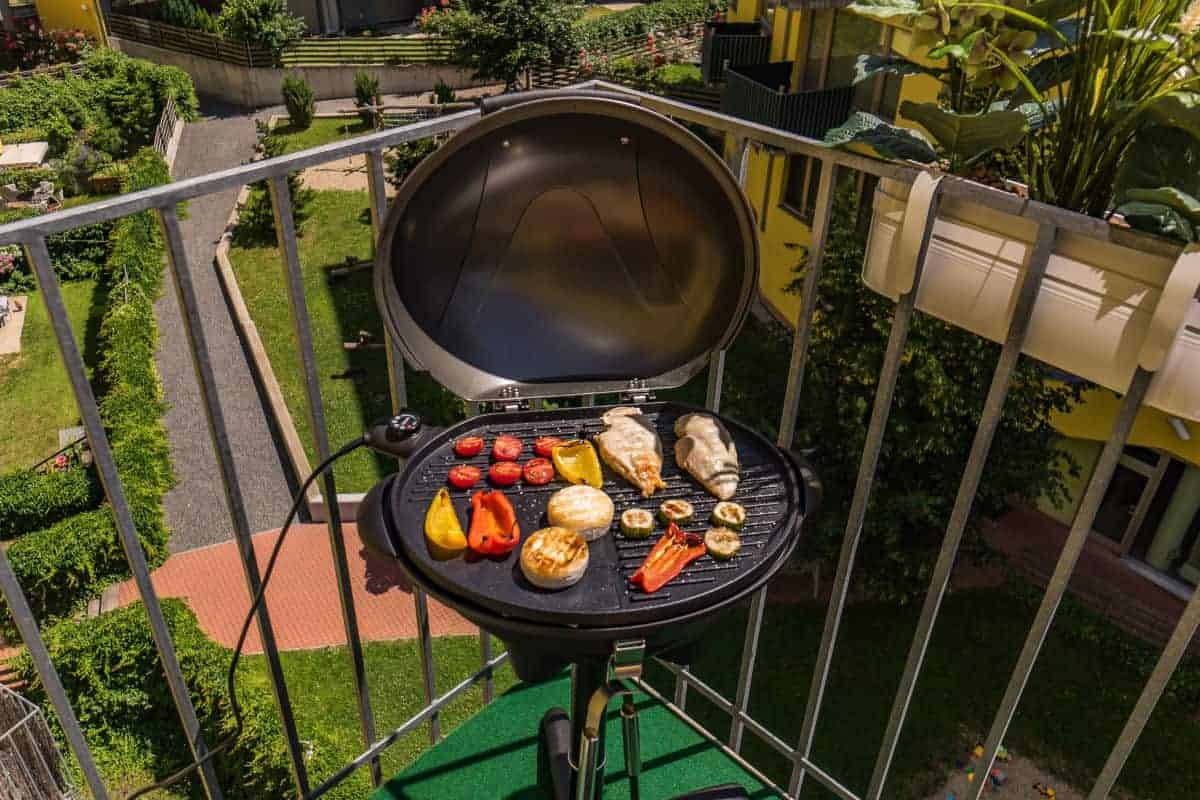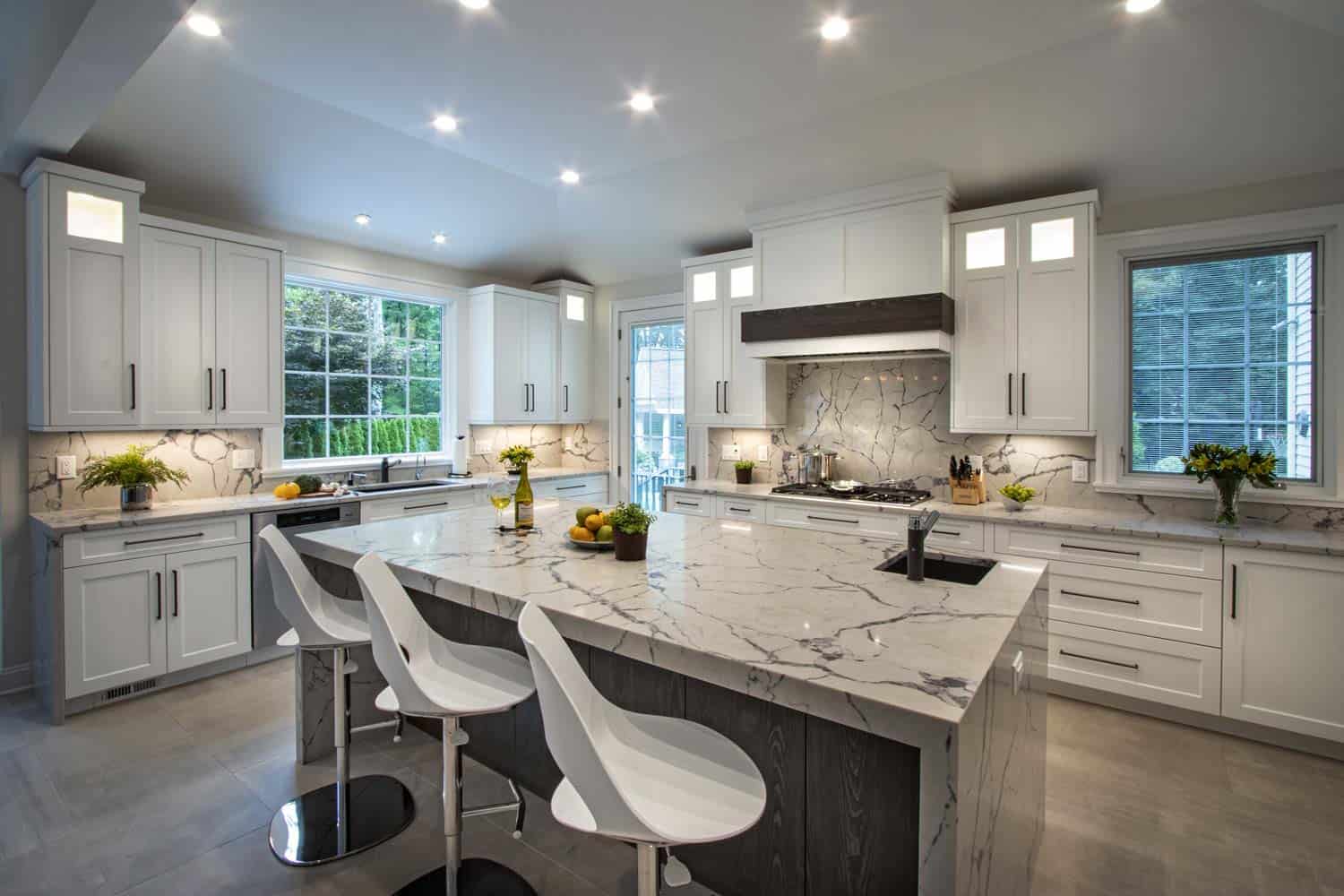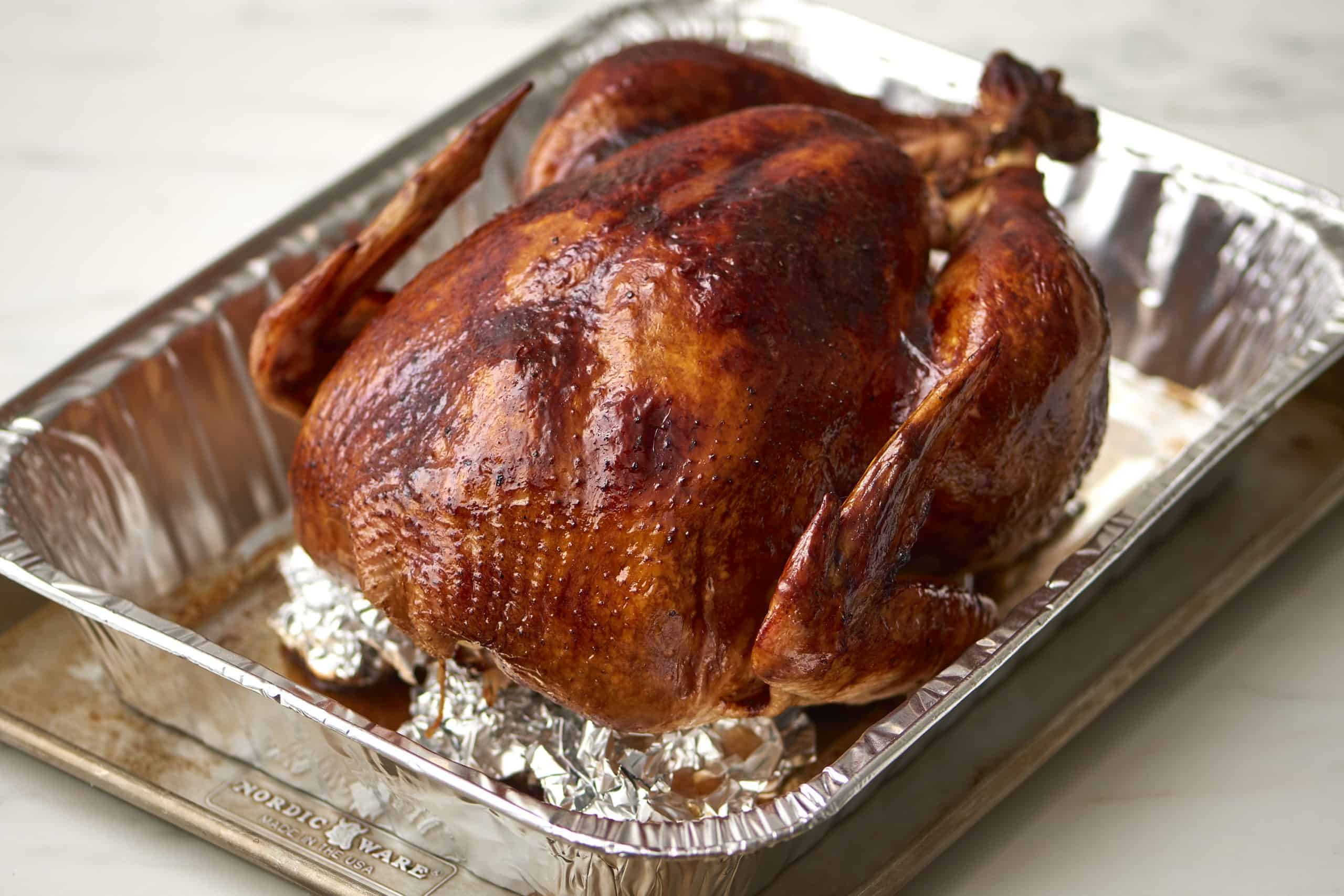A cutting board is a must-have kitchen accessory, whether you cook often or not. This multi-purpose board is perfect as a chopping block for cutting up your meat and vegetables and a food preparation surface. In addition, you can use a cutting board as a serving station.
Since it is a kitchen staple, you want to invest in a safe cutting board considering that you're prepping food on it and durable. So bring in wood cutting boards. A favorite for pro chefs, wood cutting boards are sanitary and impact resistant compared to other alternatives on the market.
Wood cutting boards are long-lasting, gentle and safe for your knives. They are also aesthetically pleasing, be it with a loaf of bread on it or when leaning up against a wall. Unfortunately, what you might not realize is that not all woods can make superior cutting boards. So, how do you choose the best woods for cutting boards? Read on to find out.
How Do You Determine the Best Wood for Cutting Boards?
The best wooden cutting boards and butcher blocks should last you years with frequent use. First, however, there are a few attributes about wood species that you need to know.
1. Janka Hardness Rating
The hardness rating of wood is measured in pounds-force or LBF. Ideally, the higher the Janka hardness rating, the more resistant the wood is to dents, scratches and dings from knives. Therefore, you want to go for hardwoods that have a medium hardness rating, like maple.
Choosing a softwood for a cutting board, say pine, will result in annoying scratches and damage. This is because softwood has a low Janka hardness rating. In addition, woods with a very high rating will dull your knife when used repeatedly.
2. Porosity
The wood grain or porosity refers to the visible pores. Depending on the size of pores on the wood, bacteria and liquid can easily penetrate the cutting surface. In turn, this results in stains, wood warping and even growth of mold.
Therefore, when considering the wood porosity, it is best to go for closed-grain woods with pores invisible to the human eye instead of open grain woods, which soak up moisture and create a ground for bacteria breeding.
3. Toxicity
Toxicity mainly looks at how food-safe the cutting board is. It is advised to opt for woods that produce edible fruits, nuts, sap or leaves as they are considered food safe. While other woods like Purpleheart are aesthetically attractive, they contain toxins that could leach out and seep into food prepared on the cutting board.
4. Conditioning
Conditioning is whereby food-grade mineral oil, such as beeswax, is applied to cutting boards and butcher blocks to prevent them from shrinking, warping or splitting. This is because the wood in its natural form shrinks faster as the surrounding humidity rate decreases.
Ideally, cutting boards and butcher blocks should be conditioned every quarter after cleaning them to suppress wood's natural tendency to shrink. However, some woods for cutting boards require conditioning more often than others. This means that you will need to oil them every so often to keep them in good shape.
5. Thickness
A thicker wood cutting board is always better than a thinner one. This is because it will not warp or split over time. In addition, since they are heavier, thick wooden boards are sturdy and do not slide on the countertop. So, be sure to search for a board that is at least two inches thick as it will not get marked when you apply a lot of pressure on it.
6. Weight
Similar to the thickness, a good cutting board is heavy to enhance stability and durability. However, if you are on the market for a portable cutting board, it wouldn't make sense to have a heavy one.
7. Cost
The choice of which wood for cutting boards and butcher blocks to choose could also be determined by the cost. For instance, the price of store-bought cutting surfaces will vary depending on the wood species used to make them. In addition, you will find that butcher blocks are more expensive than cutting boards. However, if you want to go the DIY way, you can get hardwood and design it to reflect your personal style.
What Are the Best Woods for Cutting Boards?
Having looked at key features to consider when choosing a wood species, below are the best woods for cutting boards.
1. Cypress
Cypress has for a long time been used as wood for cutting boards, especially in Japanese homes. For example, the Japanese Aomori Hiba cypress wood contains Hinokitiol, an anti-bacterial and anti-mold ingredient. In addition, it has a natural odor that eliminates smells like ammonia. Furthermore, cypress wood is long-lasting, gentle to your knife's cutting edge while being food-safe.
1. Maple
Hard maple wood or sugar maple wood is the most common wood used for cutting boards and butcher blocks. With a Janka hardness rating of 1450LBF, maple cutting boards are impact-resistant and do not suffer dents or scratches. In addition, these boards have a low porosity since hard maple is a closed-grain hardwood.
Another reason why maple cutting boards are industry-standard is that hard maple is food safe. This is because the tiny pores prevent bacteria from penetrating the wood and the food on the cutting surface. Unfortunately, although heavy and durable, a maple cutting board requires frequent conditioning and quickly shows stains.
2. Beech
At 1300 LBF, beech is second to hard maple in terms of the best closed-grain cutting boards. Although it is hardwood, beech is very gentle on your knives since it has a high scratch and impact resistance. In addition, this wood is food safe as the small pores help to ward off bacteria and moisture from soaking in.
Originally in a creamy, soft-pink tone, the color stains to a red tone in time. This means that the stains show more in the pink undertone before the wood darkens. Although it is loved for its durability, beech shrinks faster than maple, teak or walnut; hence you will need to condition it monthly.
3. Teak
Teak holds up well to impact and scratches as it has a hardness rating of 1070 LBF. Teak is excellent for closed-grain cutting boards but can dull your knives since it has a high silica content. In addition, since it grows in tropical conditions, teak is resistant to war[ing and mold, making it a go-to choice for outdoor furniture, boat fixtures and cutting boards.
In terms of conditioning, teak has natural oils hence does not shrink fast compared to other woods. You can get by by conditioning this wood quarterly or bi-annually. In addition, teak boasts of an orange to a dark-brown hue that masks common kitchen stains, like turmeric and beetroot.
4. Walnut
Walnut is yet another best wood for cutting board. It is a soft closed-grain hardwood with a hardness rating of 1010 LBF. This makes a walnut cutting board gentle and safe for your knives. However, since it has a low hardness rating, this wood gets scratches and dents if you tend to apply too much pressure while cutting.
Since it produces edible nuts, walnut wood is food safe and does not contain toxins. The medium pores ensure that it doesn't let in bacteria and moisture to soak in and grow mold. You will also only need to condition this wood every other quarter, which is less frequent than maple or beech. In addition, walnut has a rich chocolate hue that makes it perfect for a cutting surface or countertop as it does not show stains.
5. Bamboo
Although it is not wood, bamboo is a hard grass that is gaining popularity fast for its eco-friendliness. Unlike maple that takes 30 years to mature, a bamboo plant reaches maturity in 3-6 years. In addition, bamboo grows sustainably with no need for chemicals, hence making it food safe.
In terms of harness, bamboo has a hardness rating of 1380 LBF, making it impact and scratch-resistant. In addition, it is water-resistant to prevent bacteria and mold from breeding and to grow after soaking in liquids. However, since it is high in silica content, a bamboo cutting board will dull your knives after repeated use.
What Are the Different Wood Grains?
Wooden cutting boards are available in three different designs, end-grain, edge grain and face-grain. Let us look at each grain type below.
a). End-Grain
End grain boards are made by combining wooden boards in such a way that they are fused together. The shorter ends of the wooden boards are made to form a level surface that is upward facing. In addition, the wooden cutting board surface resembles a checkerboard with 2x4 ends.
Since the wooden boards have short ends with an open wood cell structure and are more fibrous, end-grain boards have a soft cutting surface hence gentle on your knives. Additionally, end-grain cutting surfaces do not show signs of minor dents. The open wood cell structure allows the wood to self-heal; hence, there are no dents or scratches on the cutting surface.
b). Edge-Grain
Edge-grain boards are made by fusing cut wooden boards so that the side edges make an upward-facing level surface. Unlike the end-grain that looks like a checkerboard, an edge-grain cutting board has long and lean stripes that form a pattern like the sides of a 2x4.
This simple cutting board construction does not compromise the weight and stability of the board. Since edge grain boards are heavier than end grain ones, you are guaranteed that they won't slip while in use. In addition, these boards and butcher blocks are more affordable than end-grain cutting boards, thanks to their simple construction.
c). Face-Grain
A face-grain cutting board is made by gluing together long and narrow slats at their shorter ends. The wood grain runs horizontally along with the wooden board and looks similar to a cupboard door or a wood tabletop.
Since it exposes the wood fibers, a face wood grain is so attractive and preferred by many for this reason. Unfortunately, face-grain wooden cutting boards are prone to scratches from the edge of your knife. In addition, dents and scratches are also noticeable.
How To Clean and Maintain A Wood Cutting Board
Knowing how to clean and maintain wooden cutting boards ensures food safety and improves their longevity. However, even with a good cutting board, poor maintenance could make it less durable.
- Avoid soaking in water - Wooden cutting boards are not water-friendly and soaking them in water could result in damage. Therefore, it is advised to clean it instantly after use and then leave it to drain the water. Additionally, you could use a cleaning product, especially if you were cutting raw meat.
- Buy the best wood for cutting board that suits your needs -When you buy a butcher block or cutting board that meets your specific needs, it will be effortless to maintain it. For example, if you are a rough chef and apply too much pressure when cutting, look for hardwood like maple rather than softwood.
- Keep the cutting board away from a dishwasher - Wooden cutting boards are not dishwasher safe. This is because the high temperatures in the dishwasher and the fast cooling stress the wood surface. In turn, this results in shrinking and warping, which reduces the durability.
- Routine conditioning - The best wood for cutting board requires regular conditioning to prevent shrinking and drying. In addition, some wood conditioning oils are antibacterial and thus help to improve the hygiene level of the wood cutting boards. Depending on the wood species, you will need to condition monthly, quarterly or biannually.
Conclusion
Whether you are looking to upgrade your wood cutting board or butcher block, choosing the best wood for cutting board ensures food safety, durability and the quality of your knives. Additionally, no wood type is the same, hence the need to consider the hardness rating, grain, porosity, toxicity, and weight beforehand.

